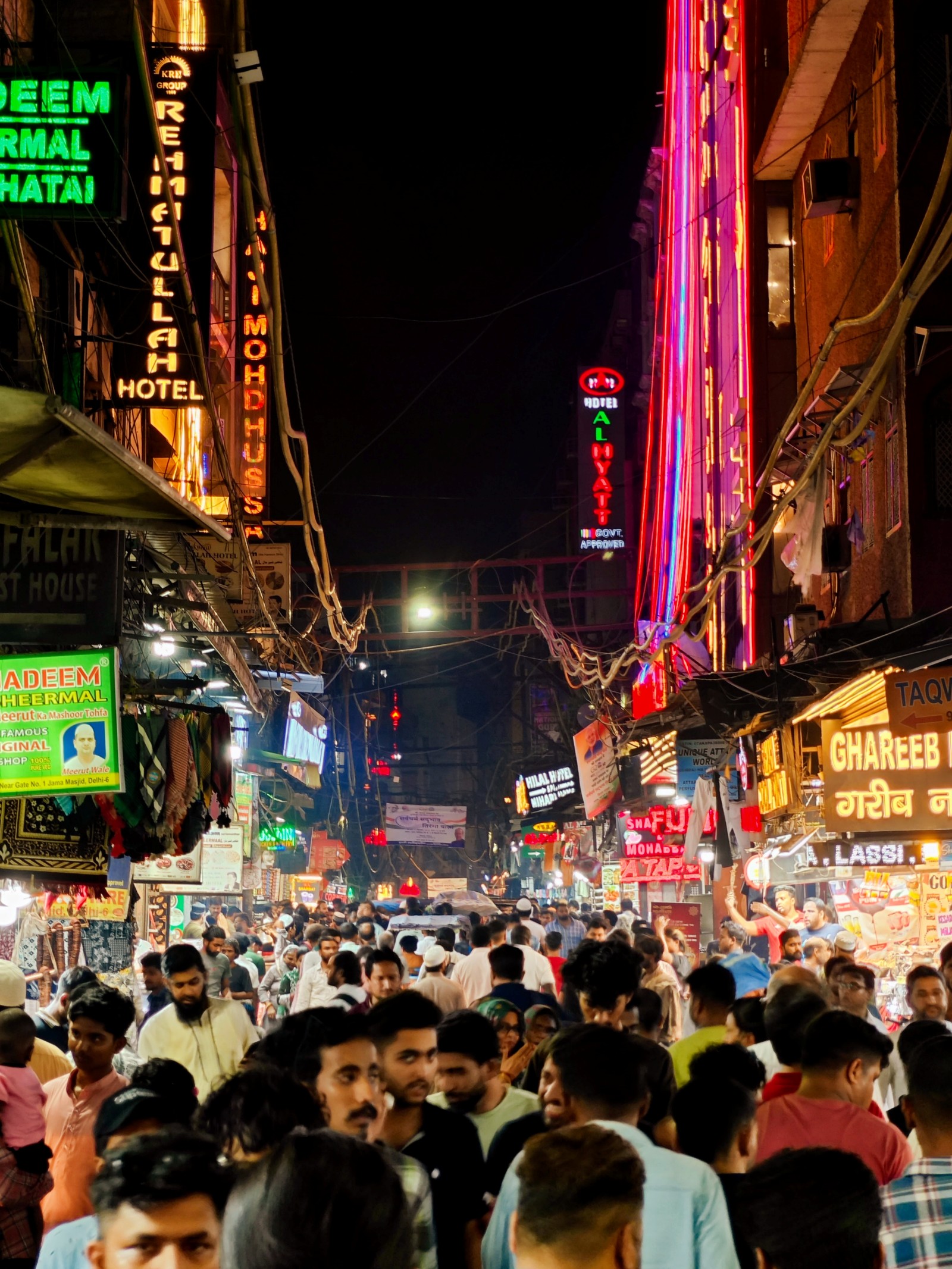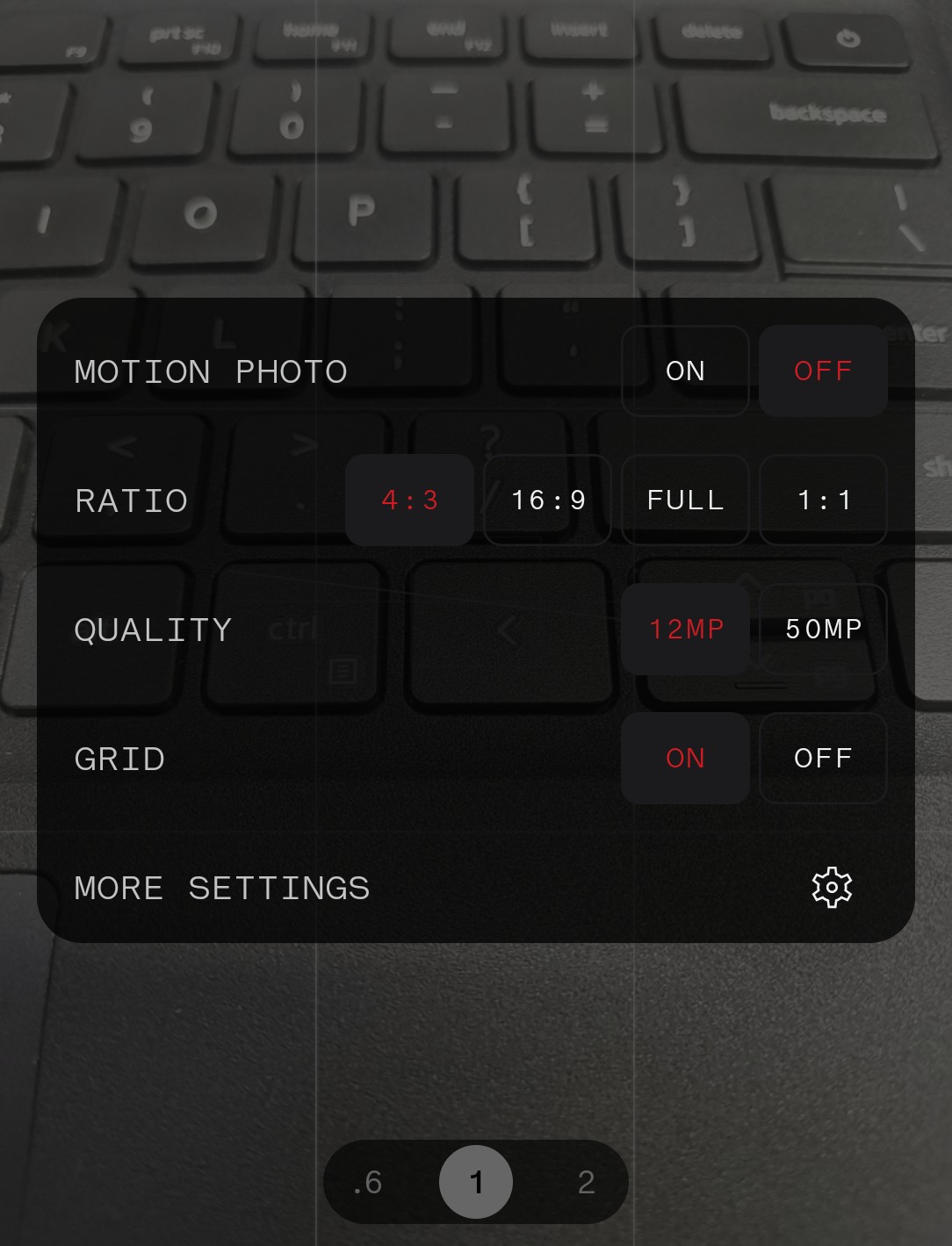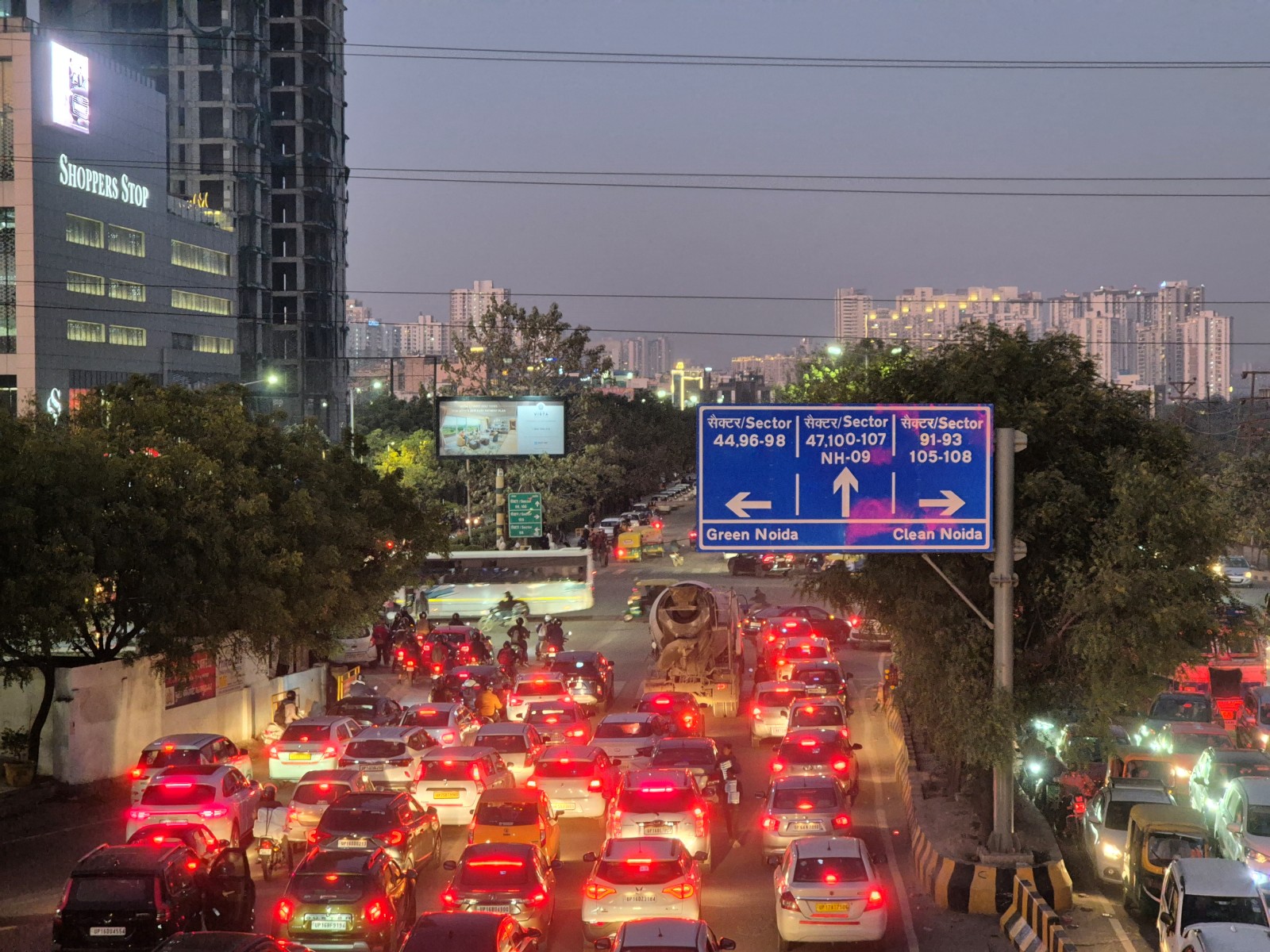These days, you don’t need a fancy DSLR camera to take good photos. The smartphone in your pocket packs a serious photographic punch. That said, nabbing frame-worthy shots isn’t just about having the right gear – you need skills too.
So let’s talk about leveling up your mobile photography game. With a few simple tricks and techniques, you can start capturing photos that will make your friends jealous.

Focus on focus
Nailing focus is the first step to snapping professional-looking photos. Smartphones these days are pretty smart at picking the subject to focus on but it doesn’t hurt to pay attention to where your camera is locking in. If you feel the focus is a bit off, tap the screen to set the focus point. Look for face detection settings too.
Story continues below this ad
 Underexposing this shot really brought out its colours. (Image: Zohaib Ahmed/The Indian Express)
Underexposing this shot really brought out its colours. (Image: Zohaib Ahmed/The Indian Express)
If you want more control over your shot, tweak the exposure while you’re at it – one tap to focus, then slide your finger to brighten or darken the shot. It’s a quick way to snap well-lit photos without blown-out backgrounds or super dark subjects.
Try vertical images
If you shoot mostly to post on Instagram, it may be time to ditch landscape mode entirely. Smartphone screens and interfaces are optimised for vertical (portrait) viewing and there’s no reason why your photos shouldn’t look that way as well.
Shooting portrait also means you’ll no longer have to crop your image when posting it on Instagram. And who knows, maybe a post that occupies more of people’s screens and looks more eye-catching as a result may end up boosting engagement.
Light it up
Phone camera sensors have grown quite large these past few years but they still don’t clear DSLRs, obviously. This can make it hard to capture scenes with crazy bright backgrounds or harsh shadows. And if it’s too dark, your photos may even look grainy. The solution is using that light to your advantage.
Story continues below this ad
Always make sure your subject is facing the light source, whether it’s the sun or an indoor lamp. Photos with backlighting tend to underexpose the main subject into a silhouette. Whenever possible, rely on natural window light – it gives a clean, balanced look.
You can also experiment with night mode on your camera app, although it can give your photos an overexposed, unnatural overall look.
Don’t shy away from zooming in
Zooming in on phone cameras used to be a pixelated mess. But nowadays, with multi-lens systems and AI-backed digital cropping tech, you can safely zoom without losing quality. Even phones like the Google Pixel 8 which do not have pack any telephoto lenses claim they can zoom in 2x with zero noticeable quality loss.
Fair to say, anywhere from 2x to 3x magnification is fair game if you’ve got a higher resolution sensor. In fact, you’ll be capturing far more professional shots with a nice natural bokeh effect if you set the zoom anywhere between 1.5x to 2x.
Story continues below this ad
 An average-looking shot of the inside of the Mumbai International Airport. (Image: Zohaib Ahmed/The Indian Express)
An average-looking shot of the inside of the Mumbai International Airport. (Image: Zohaib Ahmed/The Indian Express)
 Now that’s better. (Image: Zohaib Ahmed/The Indian Express)
Now that’s better. (Image: Zohaib Ahmed/The Indian Express)
You’ll also be eliminating edge distortions because primary camera sensors tend to be “wide” these days to help you cram in more of the landscape. But wide lenses have a trade-off – the subject up center can look too distant or distortions can ruin the look toward the edges.
So when the light is right, feel free to lean on those zooming powers to crop out distracting backgrounds. Just remember that at night or in dim scenes, stick to that larger primary lens to let in more light.
Keep the lens clean
So you’ve bagged that Rs 1 lakh iPhone but somehow your images still look like they were shot on a potato. What gives? Chances are your lens is dirty. You’d be surprised to know how often people overlook this bit. Carrying around a microfibre cloth to give your lenses a quick wipe before you snap that pic should keep it looking as crisp as chips.
Use the grid
 The grid can be toggled on in a jiffy on the Nothing Phone 2a. (Express image)
The grid can be toggled on in a jiffy on the Nothing Phone 2a. (Express image)
Photography enthusiasts still swear by the classic “rule of thirds.” This grid divides the frame into nine equal parts, with four intersection points where the lines meet. Lining up your points of interest along those lines and intersections gives you balanced, eye-catching shots.
Story continues below this ad
It sounds technical, but practically every camera app has a grid overlay you can enable – just check out the camera settings. From there, it’s just a matter of moving your phone around until your subject falls on one of those sweet spots.
Experiment between lenses
Modern handsets pack multi-lens suites with all sorts of creative tools just waiting to be unleashed. Ultra-wide angle lenses can capture breathtaking scenes that exaggerate scale and drama. Macro modes let you get up close and personal for stunning nature and product shots. And telephoto lenses reach out and blur the background out for portrait-style images.
 3x telephoto zoom. (Image: Zohaib Ahmed/The Indian Express)
3x telephoto zoom. (Image: Zohaib Ahmed/The Indian Express)
 1x from the primary lens. (Image: Zohaib Ahmed/The Indian Express)
1x from the primary lens. (Image: Zohaib Ahmed/The Indian Express)
 0.5x ultrawide. (Image: Zohaib Ahmed/The Indian Express)
0.5x ultrawide. (Image: Zohaib Ahmed/The Indian Express)
So don’t be afraid to experiment. Swapping between lenses opens up worlds of fresh angles and perspectives. An old scene can feel brand new again.
There you have it – a quick masterclass in taking amazing mobile photos. Sure, the hardware helps, but the real pro move is mastering little techniques like these.



 Underexposing this shot really brought out its colours. (Image: Zohaib Ahmed/The Indian Express)
Underexposing this shot really brought out its colours. (Image: Zohaib Ahmed/The Indian Express) An average-looking shot of the inside of the
An average-looking shot of the inside of the  Now that’s better. (Image: Zohaib Ahmed/The Indian Express)
Now that’s better. (Image: Zohaib Ahmed/The Indian Express) The grid can be toggled on in a jiffy on the Nothing Phone 2a. (Express image)
The grid can be toggled on in a jiffy on the Nothing Phone 2a. (Express image) 3x telephoto zoom. (Image: Zohaib Ahmed/The Indian Express)
3x telephoto zoom. (Image: Zohaib Ahmed/The Indian Express) 1x from the primary lens. (Image: Zohaib Ahmed/The Indian Express)
1x from the primary lens. (Image: Zohaib Ahmed/The Indian Express) 0.5x ultrawide. (Image: Zohaib Ahmed/The Indian Express)
0.5x ultrawide. (Image: Zohaib Ahmed/The Indian Express)





